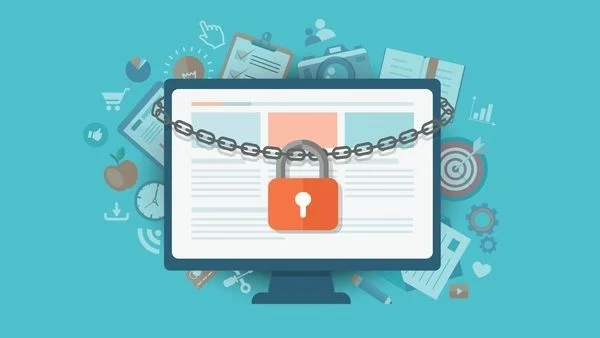Tech
Protecting Your Digital Life: The Essential Role of Anti-Malware Solutions

In an era where our daily activities increasingly depend on digital technologies, the importance of cybersecurity has never been more critical. As cyber threats evolve, anti-malware solutions become crucial in safeguarding personal and corporate data. This article delves into the significance of anti-malware, how it works, and why it is a fundamental component of modern cybersecurity strategies.
Understanding Malware
Malware, short for malicious software, encompasses any program intentionally designed to cause harm to a computer system, network, or server. Types of malware include viruses, worms, trojan horses, ransomware, spyware, adware, and more. These malicious entities can steal, encrypt, delete sensitive data, monitor user’s activity without their knowledge, and even hijack core computing functions.
How Anti-Malware Works
Anti-malware software is a tool aimed at detecting, thwarting, and eliminating malicious software. Here’s how it typically works:
- Scanning: Anti-malware programs scan files to identify patterns that match known malware.
- Detection: Using a database of known malware signatures and behavior-based detection techniques, the software identifies potential threats.
- Quarantine: Upon detection, the suspicious file is isolated to prevent further infection.
- Removal: The anti-malware will attempt to remove the malware from the system.
- Protection: Most anti-malware tools provide real-time protection to block new infections.
Key Features of Effective Anti-Malware Software
When selecting anti-malware software, consider the following essential features:
- Real-time protection: To block threats as they occur, not just during periodic scans.
- Automatic updates: To ensure the malware signatures are up-to-date and capable of combating new threats.
- Heuristic analysis allows the software to detect previously unknown viruses and exploits by analyzing behavior patterns.
- Multi-layered defense: Effective tools often include additional security measures like firewalls, VPNs, and intrusion detection systems.
The Importance of Anti-Malware
The implications of malware infections can be devastating. It can lead to identity theft, loss of important data, and significant financial losses for individuals. For businesses, the stakes are even higher, with potential outcomes including the disruption of operations, loss of sensitive corporate information, legal consequences, and damage to the corporate image.
Here are several reasons why anti-malware is indispensable:
- Comprehensive Protection: Modern anti-malware tools can deal with various threats, from traditional viruses to complex ransomware attacks.
- Supporting Compliance: Many businesses are legally required to protect data; robust anti-malware defenses can help meet these regulatory requirements.
- Minimizing Downtime: By preventing malware infections, anti-malware software helps avoid downtime, thus maintaining business continuity.
Challenges and Considerations
While anti-malware software is critical to a cybersecurity strategy, it is not a silver bullet. Users must be aware of its limitations and supplement it with other security practices:
- Evolving Threats: As cyber threats evolve, so do anti-malware solutions. This requires continual updates and adjustments to security measures.
- False Positives and Negatives: No anti-malware software is 100% accurate, and users might occasionally deal with false alerts or undetected threats.
- Impact on System Performance: Some anti-malware solutions can consume substantial system resources, potentially slowing down your device.
Best Practices for Maximizing Anti-Malware Effectiveness
To get the most out of your anti-malware solutions, follow these best practices:
- Regular Updates and Patches: Keep your anti-malware software and all other applications up to date to protect against known vulnerabilities.
- Educate Users: Conduct regular training sessions to educate users about the types of malware and safe internet practices.
- Layered Security Approach: Combine anti-malware with other security measures, such as firewalls, secure browsers, and behavior analytics tools, for enhanced protection.
In conclusion, anti-malware plays a vital role in the cybersecurity landscape. It is a fundamental layer of defense that helps protect valuable data against increasingly sophisticated cyber attacks. By understanding its functionality, benefits, and limitations and implementing a layered security approach, individuals and organizations can significantly improve their digital security posture. Investing in robust anti-malware solutions is a technical necessity and a critical component of a comprehensive cybersecurity strategy.
Kenneth is a proud native of sydney, born and raised there. However, he pursued his education abroad and studied in Australia. Kenneth has worked as a journalist for almost a decade, making valuable contributions to prominent publications such as Yahoo News and The Verge. Currently, he serves as a journalist for The Hear Up, where he focuses on covering climate and science news. You can reach Kenneth at [email protected].










